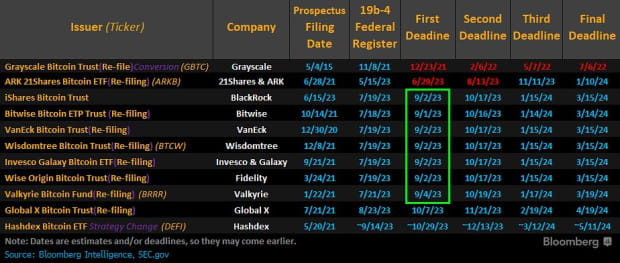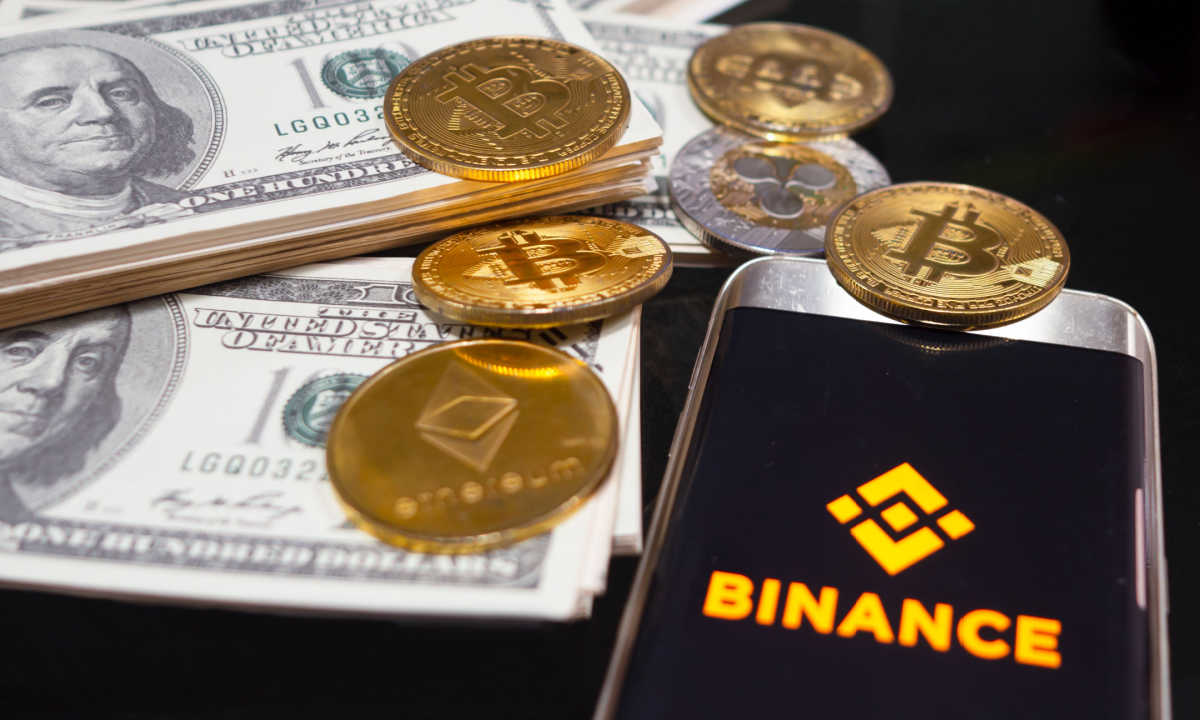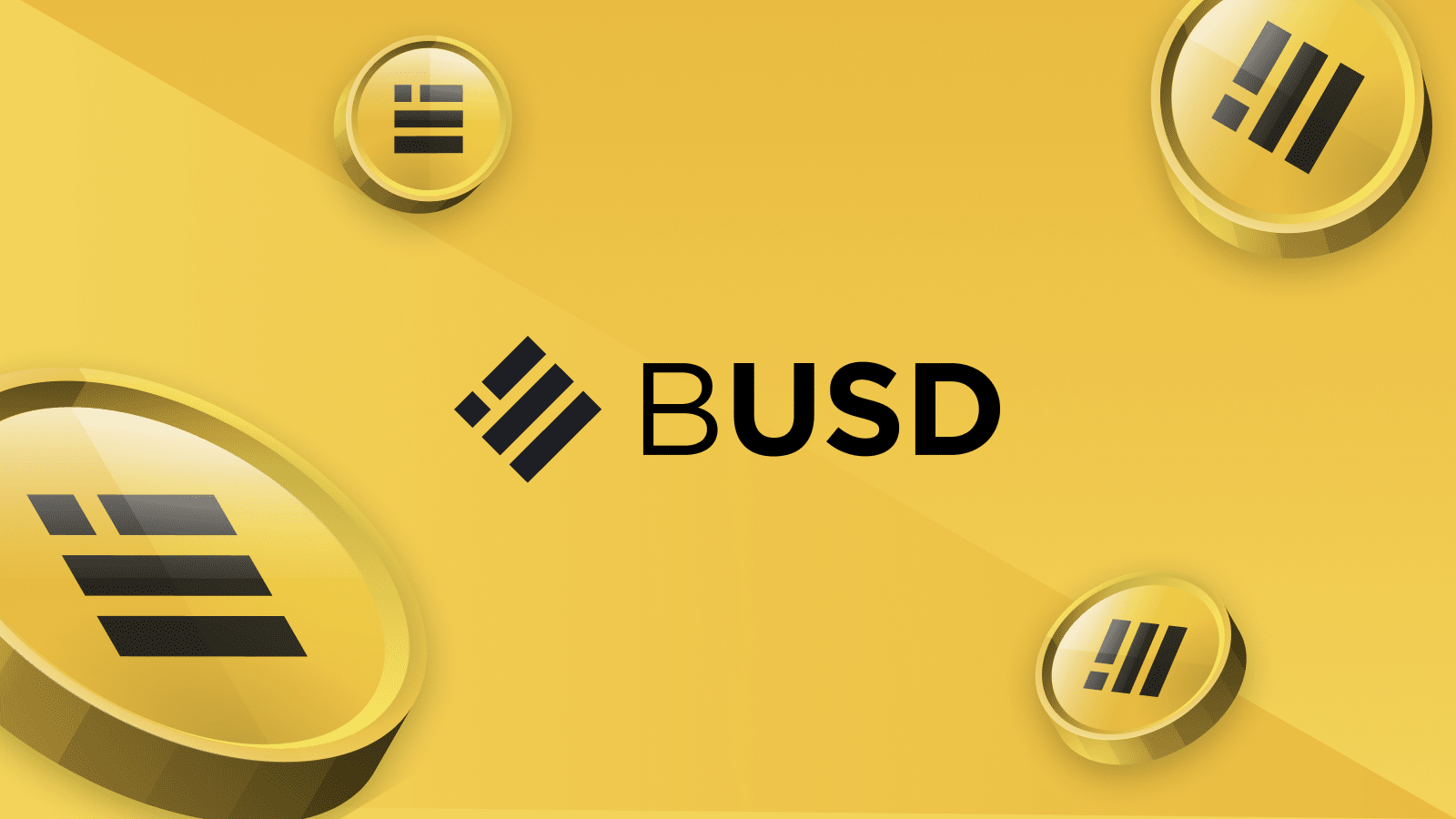The blockchain trade is at the leading edge of innovation, with new techniques to harness this safe dispensed ledger generation in quite a lot of spaces of conventional trade. A key function of standard blockchains is the power of any entity to make sure the integrity of the blockchain ledger through executing the similar set of rules that was once used to generate it.
What are quantum-safe blockchains?
Quantum computer systems will have the ability to execute algorithms considerably sooner than classical computer systems, enabling them to wreck maximum cryptographic algorithms. Attackers with a quantum pc could possibly ruin into any device that makes use of lately’s encryption algorithms and can’t evolve in time.
The Publish-Quantum Blockchain is your next step in blockchain generation, leveraging the facility of post-quantum cryptography to make certain that knowledge is saved securely and can’t be tampered with, so they are able to depend at the integrity and safety in their knowledge.
Against this to present blockchains, which depend at the pre quantum RSA, post-quantum blockchain makes use of encryption algorithms like NewHope, NTRU, Frodo, SIDH which are extra safe towards present quantum computer systems.
Why does the trendy blockchain lack environment friendly infrastructure?
Whilst speaking concerning the safety of the blockchain we even have to have a look at the scalability of the blockchain with a view to execute the good contracts on it. Right here comes the unimaginable trinity into play which says that each blockchain community is constrained through this popularly recognized Scalability Trilemma – scalability, safety, and decentralization. Principle suggests {that a} blockchain community is making an attempt to max at one issue on the expense of the rest two elements. Eg. If a blockchain community specializes in expanding scalability, then the safety and the decentralization of the actual blockchain get hit.
This has been affecting a number of Tier 1 blockchains like Solana (SOL) and Polygon (MATIC) which not too long ago skilled a scenario the place a top collection of transactions on their community brought about it to overload the RPC nodes which additional reasons more than one transactions to be canceled and reasons the community to jam.
This has brought about more than one tasks which are constructed on those blockchains to crash as smartly. The problem with present blockchain seems to were brought about through too many transactions being processed immediately—about 400,000 in general. The typical capability that Solana (SOL) can procedure is round 65,000 transactions in keeping with 2nd and this resulted within the community turning into congested and crashing.
Maximum not too long ago, Solana mainnet beta fell out of consensus and the validator community couldn’t get better. This was once majorly because of the botting at the Sweet Gadget NFT minting instrument ,there have been 4 million transaction requests and 100 gigabits of knowledge each 2nd which is a report top for the community.
Right here’s how blockchain’s scalability factor impacts traders and investors
This a great deal impacted the investors, traders, avid gamers and lots of others the usage of the specific blockchain community as it could reason losses and delays in transactions. This can have a imaginable negative impact on tasks having a look to construct additional at the blockchain as this may simply result in the failure of the venture as a result of the congestion at the blockchain.
This kind of scalability factor must be addressed when international adoption kicks in. Many investors have this community charge slippage problems because of inadequate infrastructure to give a boost to the mass visitors. This is the place an answer of future-proof structure should paintings similarly smartly with each classical cryptography and post-quantum cryptography.
To succeed in this purpose, Cellframe product pioneered the generation that teams transactions into cells. As an alternative of verifying each transaction, Layer 1 mainnet verifies those cells. As such, computational useful resource intake is diminished dramatically: a community wishes to make sure one mobile as an alternative of 100 transactions.
Addressing the way forward for post-quantum computations, Cellframe promotes itself as a blockchain-agnostic platform (“Layer 0”) that may engage with Bitcoin (BTC), Ethereum (ETH) and so forth. This design unlocks unrivaled alternatives on the subject of scalability and accessibility.
Cellframe gives the similar stage of scalability for all related decentralized programs (dApps), DeFis, NFT marketplaces, play-to-earn ecosystems, and so forth. New “Mobile Chains” will also be added to this structure time and again. Inside the ecosystem, they paintings like shards of NEAR Protocol or Ethereum 2.0. Each part of the device will also be simply remoted within the tournament of an assault.
Supersingular curves and lattice variations are used as the root. Implementations of such algorithms for public key communications are already to be had at the community. As such, the device has a nearly countless bandwidth, spectacular flexibility and unrivaled scalability.
Creators of cells can mitigate scalability problems through launching further “cells” at the identical infrastructure. In numerous techniques, cells will also be built-in into quite a lot of use instances. Cellframe tools are appropriate for each entrepreneurial and retail use.









![Methods to Purchase DeFi Pulse Index on CoinStats [The Ultimate Guide 2022]](https://bitrrency.com/wp-content/uploads/2022/05/DeFi_Pulse_og-100x70.png)

